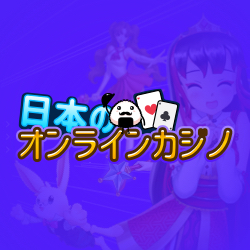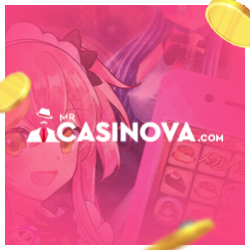Xenoblade Chronicles Wii Review
Publisher – Nintendo – Developer – Monolith Soft – Genre – Action RPG – Players – 1 – Age Rating – 12+ – Other console/handheld formats – N/A
Xenosaga’s rich narrative was told through numerous, lengthy cutscenes of which proved to be as divisive as such sequences always are. By comparison director Tetsuya Takahashi’s latest, Xenoblade Chronicles, is restrained and will be pleasantly so for those that want a more involving experience.
The story of Xenoblade Chronicles charts a young, spiky haired orphan’s transformation into the world’s saviour, of which will undoubtedly sound overly familiar to fans of Japanese RPG’s, though the world itself is on the body of the Bionis, a long deceased giant, whilst Nintendo’s translation is carefully done, with well written dialogue and British accented voices for once, which is as refreshing as it is excellent.
The protagonist is Shulk, who early on in the game gets his hands on a mighty sword, the Monado, of which not only allows him to stab things, but, at the same time, also offers him visions of the future. Not knowing if Shulk and his comrades manage to change the course of time, is often one of Xenoblade Chronicles’ most intriguing plot points.
The story however often takes a backseat to the interactive aspect, though. The world of Xenoblade Chronicles is as sprawling as you’d expect it to be, taking place on the body of a giant and all. There’s plenty to see and do along the way and, consequently, in combination with the excellent sweeping musical score, it’s the most epic feel a Japanese RPG has had in years.
Each area is filled with items to be found, of which can be slotted into your collectipedia, rewarding you with items for finding all the items in a category. Side quests are all over the world and whilst these have little to offer in the way of imagination and are hugely repetitive, they’re worth playing for the rewards and for the fact that they take you all over the lovely world, allowing you to see some sights that you maybe wouldn’t otherwise have seen.
The world may be sizable, though it can be travelled around with ease, all thanks to a nifty fast-travel feature, which allows you to quickly jump to any discovered landmark. It gives you the opportunity to play sidequests and such at your own pace, without ever having to worry about lots of tedious travelling.
It’s a bit disappointing that Xenoblade isn’t on at least one of the HD consoles, as whilst it treats you to some impressive vistas and its lovely art direction, its vast world is, however, begging for less muddy textures, as well as HD smoothness, but for a Wii game its truly impressive stuff.
The combat is initially basic, though throughout the early hours of the game, new facets are gradually introduced, granting an additional dimension to the skirmishes. On a basic level it functions similarly to Final Fantasy XII. So there’s no random battles and, once in range, characters will attack automatically, though there’s more of an emphasis on positioning, with the special abilities of characters triggering bonus attacks if you attack from a certain direction, for instance an attack from the rear with one ability will cause additional damage, whilst attacking from the side with another will decrease the enemies attack attribute.
Another facet of combat is the three tiered party gauge, which fills through efficient teamwork, as well as using the bonus abilities of your arts. Various actions can be executed by expending the gauge: downed team-mates can be revived, comrades can be warned of incoming attacks, whilst a maxed out gauge will grant you the ability to unleash a chain attack.
Chain attacks freeze the action and allow you to select an ability for each character to be delivered in sequence, taking into mind the effects of each, for instance breaking an enemy with one characters ability will leave them open to a topple attack from another.
The Monado’s fortune telling ability is also incorporated into combat, warning you of impending damaging enemy attacks on occasion, allowing you to prepare for them by warning the comrade that the attack is planned for.
If death occurs in Xenoblade Chronicles, it doesn’t come at a great cost, instead you’re simply sent to the last landmark with all XP intact and not a spiky hair out of place. Also notable is that the game can be saved anywhere, which is a far cry from most other Japanese RPG’s that can be sparse with their save points. If anything, it’s a game that prefers to reward you than punish you, granting you XP awards for simply exploring.
There’s a generous amount of character customization, with every fight winning each character ability points, of which you can use to enhance arts with. Some weapons and armour also have slots, of which you’re able to fill with gems of various effects: improving the physical abilities of a character for instance, or granting a certain chance that an attack will also poison an enemy.
Each character also has three skill trees, each of which offer a sequence of abilities, that are automatically learned by gaining so much SP. It’s up to you what skill tree you concentrate on. Characters can also share skills, provided they have the necessary affinity coins and affinity with one another.
Xenoblade Chronicles has all that’s required to make a wonderful RPG, and all those components in combination results in one of the finer examples of the genre that this generation has yet seen and one of the Wii’s last great offerings, before it waggles off to console heaven.
9/10









